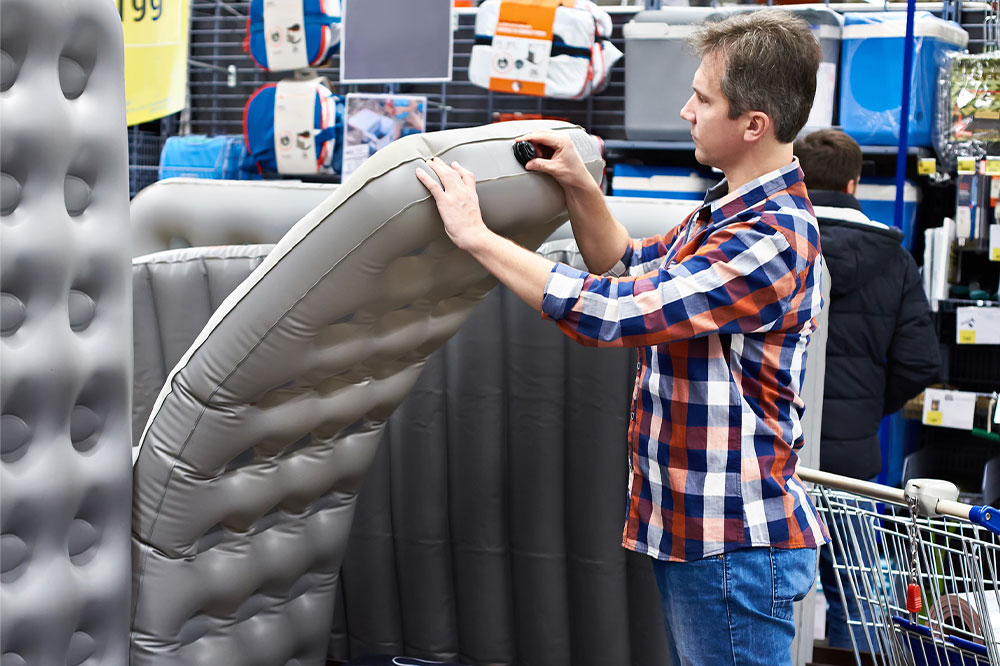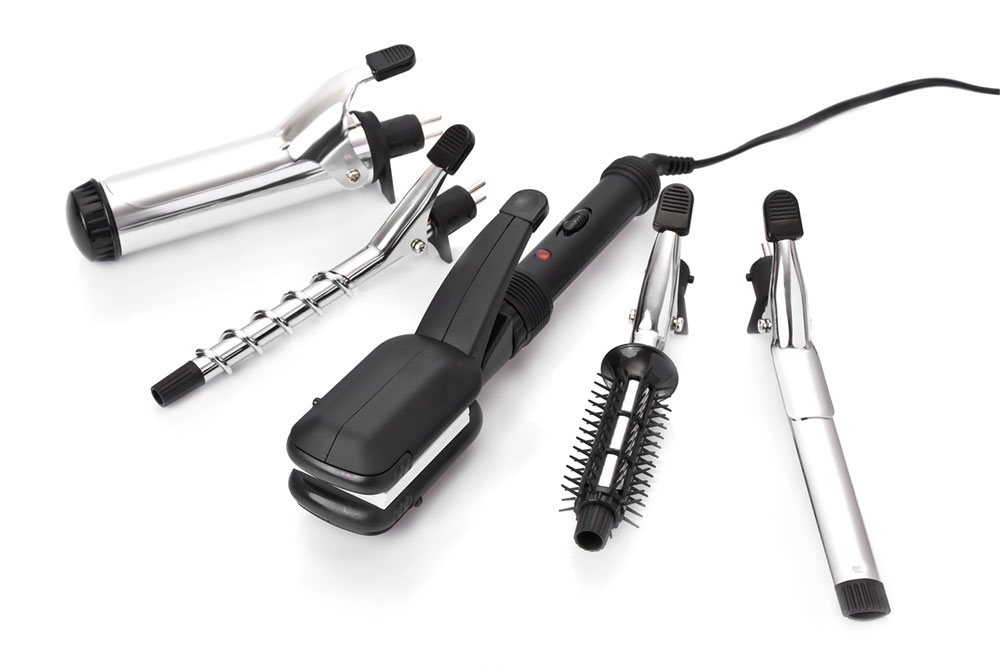13 likely hot spots for the flu

Influenza, commonly called the flu, is an infectious respiratory illness caused by influenza viruses. It can spread easily from person to person, especially in crowded places. While patients usually recover without treatment, learning about the traditional hot spots for the flu can minimize the risk of infection in the first place. By focusing on regular cleaning and personal hygiene, individuals can contribute to breaking the chain of flu transmission through these common areas.
Shopping malls
Shopping malls are significant hot spots for flu transmission. Individuals may come into contact with contaminated surfaces or breathe air shared with infected individuals. Wearing masks and sanitizing hands are two ways to curb the potential spread of the flu in such places.
Door knobs
Door knobs are among the most common hot spots for the flu virus. An infected person may inadvertently transfer the virus to a door handle while coughing or sneezing. When another individual comes into contact with the contaminated surface and touches their eyes, nose, or mouth, the virus enters their body. Regular cleaning of door knobs with disinfecting wipes or sprays is imperative to disrupt the chain of transmission.
Dish sponges and rags
Often considered the heart of the home, the kitchen harbors unsuspecting hot spots for flu germs. Dish sponges and rags become breeding grounds for viruses if not cleaned and replaced regularly. The kitchen sink’s drain flange, another overlooked area, requires frequent disinfection to reduce the risk of illness.
Purses and wallets
Accessories like purses and wallets, while essential for daily life, can harbor flu viruses. People often carry these accessories during travel, exposing them to the environment. When cleaning purses and wallets, individuals should use the right methods depending on the material; for example, washing machines for canvas and gentle hand washing for faux leather.
Smartphones
Smartphones, ubiquitous in modern society, are frequently overlooked as potential carriers of the flu. Constant handling exposes them to bacteria and viruses. Therefore, experts recommend cleaning smartphones regularly with a dedicated disinfectant cloth. While the entire handset must be thoroughly cleaned, users must pay special attention to the screen and rear panel as these often come into contact with one’s fingers. Individuals should exercise caution to avoid damaging the screen during the cleaning process.
Handrails
Handrails in public places, such as elevators and staircases, improve convenience but pose health risks due to infrequent cleaning. Thousands of people may touch these surfaces, potentially transferring flu viruses. Individuals are advised to either avoid direct contact or promptly wash their hands after touching handrails to reduce the risk of infection.
Gas pumps
Gas pumps are exposed to various environmental elements, making them potential hot spots for germs, including influenza. Using a hand sanitizer after handling the pump can significantly reduce the risk of flu transmission.
Fitness equipment
Fitness enthusiasts often share gym equipment, creating an environment conducive to flu transmission. Due to frequent handling, exercise machines, dumbbells, and yoga mats are potential hot spots. Gym-goers should wipe down such equipment before and after use and follow personal sanitization practices to minimize the risk of infection.
Public transportation
Buses, trains, and other modes of public transportation can facilitate the spread of flu viruses. High-touch areas like handrails, seat handles, and touchpoints within vehicles are potential transmission sources. Therefore, commuters should practice hand hygiene and consider wearing masks to protect themselves and fellow passengers.
Public restrooms
Public restrooms harbor germs and viruses due to high foot traffic but are often overlooked as flu hot spots. Faucet handles, door handles, and restroom surfaces may be contaminated, so individuals should exercise caution. One can carry disposable tissues, use elbows to touch surfaces, and maintain rigorous hand hygiene after restroom use.
ATM machines
Individuals frequently touch ATM keypads or screens while withdrawing cash or checking account balances. These surfaces can harbor flu viruses. Sanitization of hands after using ATMs is a simple yet useful measure to mitigate the risk of flu transmission.
Educational institutions
Schools and universities can become hot spots for flu transmission with their dense population and shared spaces. Desks, chairs, and common areas are potential sources of contamination. Educational institutions should implement robust cleaning protocols, and students should adhere to personal hygiene practices to minimize the risk of contracting the flu.
Recreational facilities
Parks, playgrounds, and recreational areas attract people for outdoor activities. Shared equipment, benches, and picnic areas pose risks of flu transmission. Visitors are encouraged to carry personal sanitation supplies, wipe down shared surfaces, and maintain good respiratory hygiene while enjoying recreational spaces.









